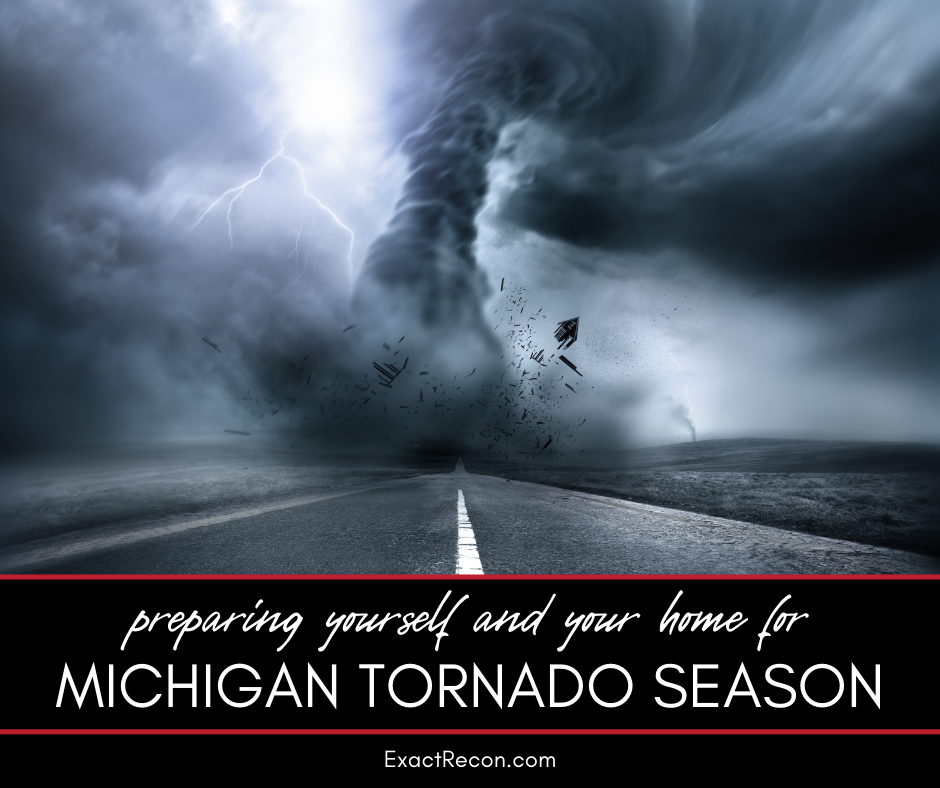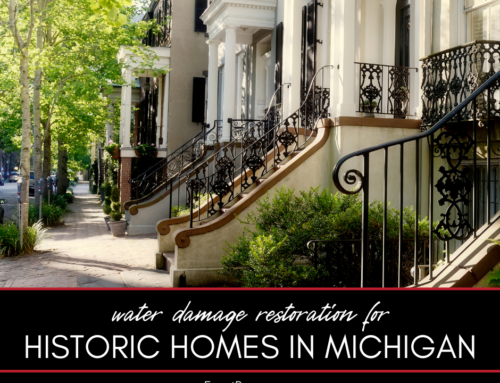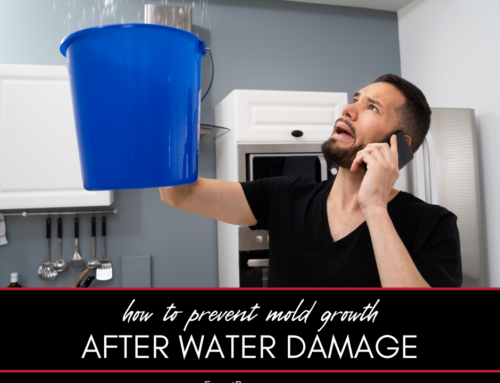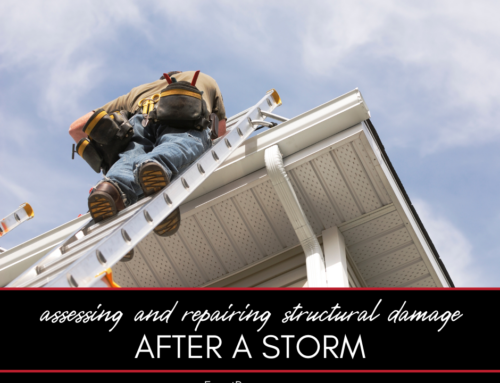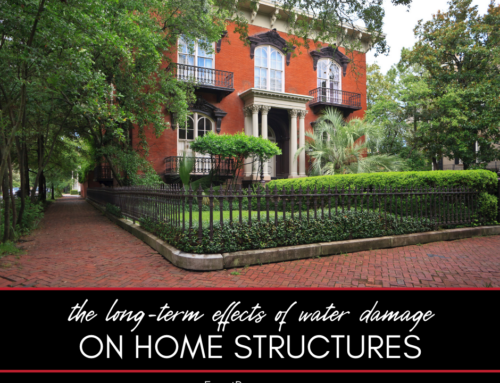For anyone living in Michigan, the tornado season is an unavoidable part of life. Tornadoes can strike quickly and with devastating force. This guide will help you prepare and safeguard your home during Michigan’s tornado season.
Preparing Yourself During Michigan’s Tornado Season
In this guide, we’ll delve into:
- Understanding Michigan’s Tornado Season
- Creating a Safety Plan
- Preparing Your Home
- Assembling a Disaster Supply Kit
- Knowing the Signs of a Tornado
Here’s a closer look at each.
Understanding Michigan’s Tornado Season
Michigan’s tornado season typically spans from April through July, with the highest frequency occurring in June. However, tornadoes can occur at any time of the year. Familiarize yourself with the local weather patterns and pay attention to weather forecasts, especially during these high-risk months.
Creating a Safety Plan
Having a safety plan is crucial during tornado season. Make sure everyone in your household knows where to go and what to do if a tornado warning is issued. The safest place is typically the lowest level of your home, such as a basement or storm cellar. If you don’t have a basement, go to an interior room on the lowest floor, like a closet or bathroom, and stay away from windows and doors.
Related: Why DIY mold remediation can do more harm than good
Preparing Your Home
To minimize potential tornado damage, keep your trees and shrubbery well-trimmed and secure loose outdoor items that could become airborne in high winds. If you live in a mobile home, identify the nearest sturdy building where you can take shelter if a tornado approaches.
Assembling a Disaster Supply Kit
A disaster supply kit should include essentials such as water, non-perishable food, a first-aid kit, flashlights, extra batteries, a battery-powered or hand-crank radio, and any necessary medications. It’s also a good idea to include important documents, like copies of insurance policies, identification, and bank account records, in a waterproof container.
Related: What to expect during the water damage restoration process
Knowing the Signs of a Tornado
Recognizing the signs of a tornado can give you precious extra minutes to take shelter. These signs include a dark, often greenish sky, a wall cloud, large hail, a loud roar (similar to a freight train), and a funnel cloud.
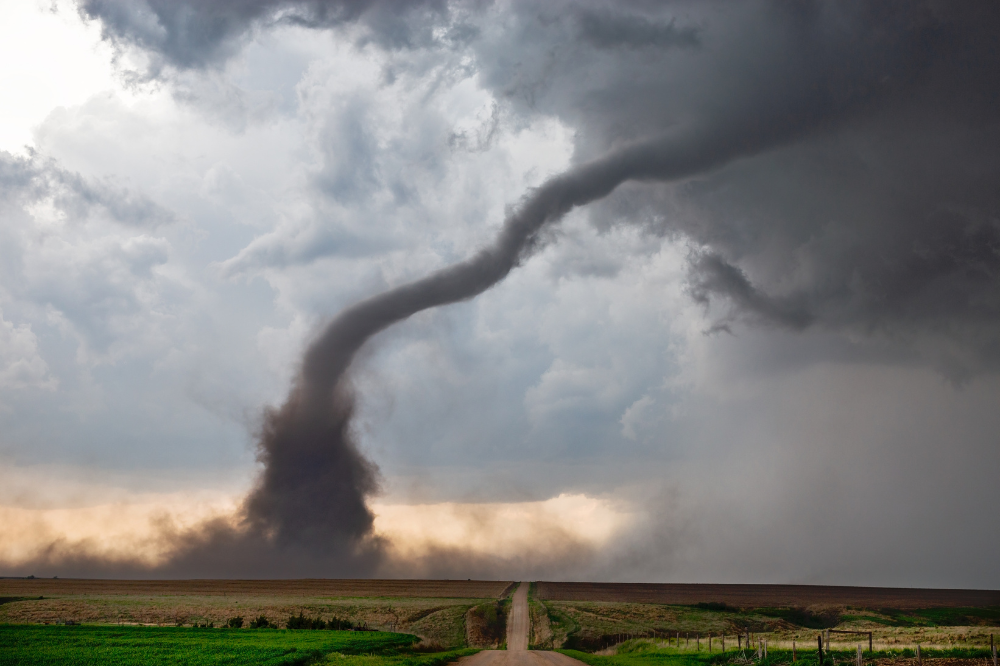
FAQ About Preparing for Michigan’s Tornado Season
Check out these commonly asked questions about preparing for Michigan’s tornado season. If you don’t see the answers here, please call our office and we’ll get you the information you need.
When is it safe to come out of shelter after a tornado?
You should stay in your shelter until local authorities say it’s safe. Even after the tornado has passed, there could be lingering hazards like downed power lines, broken glass, and debris.
Related: What to expect during fire damage restoration
Should I open my windows during a tornado?
No. This is a common myth. Opening your windows won’t prevent tornado damage and it could allow damaging wind and debris into your home.
What should I do if I’m in a car during a tornado?
If you can safely drive away from the tornado, do so. If not, park the car, keep your seat belt on, and cover your head with your arms and a blanket, coat, or cushion if possible.
The tornado season in Michigan can be unpredictable, but with preparation and knowledge, you can ensure that you and your family are as safe as possible. Remember, the best time to prepare for a tornado is before it happens. Be proactive, stay informed, and know that if the worst does happen, you’ve got professionals ready to help you pick up the pieces.
Related: Common fire myths
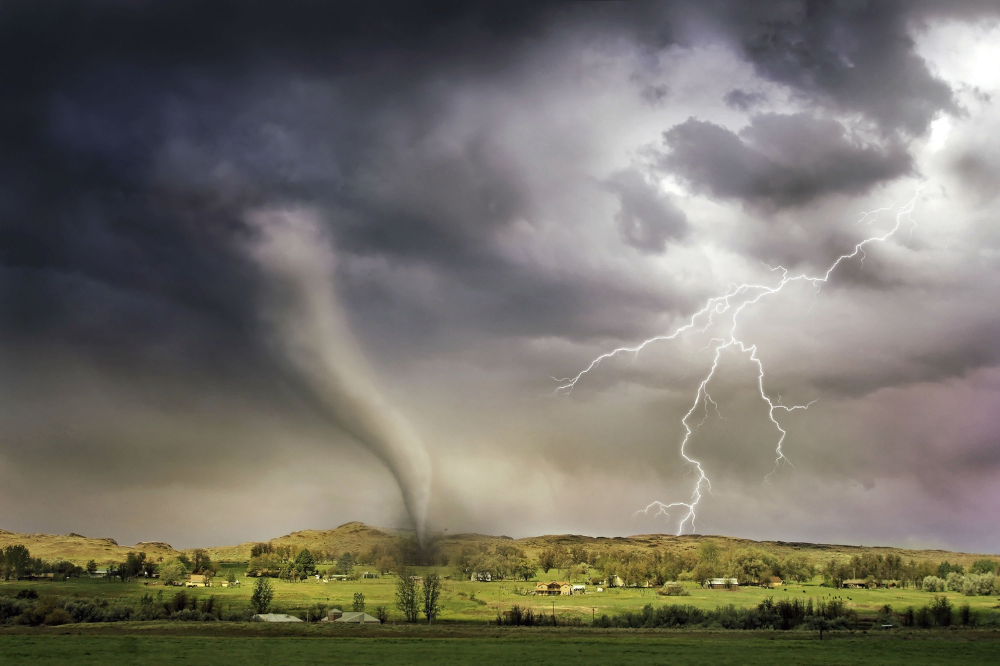
What Are the Categories for Tornadoes?
Tornadoes are categorized based on their wind speeds and the damage they cause. The Enhanced Fujita Scale, often simply called the EF scale, is the standard method used in the United States to rate the intensity of tornadoes.
The Enhanced Fujita Scale
The Enhanced Fujita Scale was implemented in 2007, replacing the older Fujita Scale. The EF Scale rates tornadoes from EF0 to EF5, taking into account more variables than the original Fujita Scale. The EF scale considers 28 damage indicators including building types, trees, and other structures.
EF0
An EF0 tornado is the weakest category on the scale, with wind speeds ranging from 65 to 85 mph. While these tornadoes can still cause damage, it’s generally minor, such as broken tree branches, minor roof damage, or damage to gutters or siding.
EF1
EF1 tornadoes have wind speeds of 86 to 110 mph. These tornadoes can cause moderate damage, including severely stripped roofs, broken windows, and uprooted trees.
Related: The most effective ways to remove smoke odors
EF2
EF2 tornadoes have wind speeds of 111 to 135 mph. This level of tornado can cause considerable damage, such as roofs torn off homes, mobile homes completely destroyed, and large trees snapped or uprooted.
EF3
EF3 tornadoes have wind speeds of 136 to 165 mph. They can cause severe damage, including entire stories of well-constructed houses destroyed, significant damage to large buildings, and trees debarked.
EF4
EF4 tornadoes have wind speeds of 166 to 200 mph. They can cause devastating damage, including well-constructed houses and whole frame houses completely leveled, cars thrown, and small debris becoming missiles.
EF5
EF5 tornadoes are the most intense on the scale, with wind speeds exceeding 200 mph. The damage from these tornadoes is described as incredible, with strong frame houses often swept away leaving only slab foundations, car-sized missiles flying through the air, and trees debarked.
Related: How to minimize fire and smoke damage’s impacts on your health
It’s important to note that while this scale provides a guide, the actual damage caused by a tornado can vary depending on factors such as the tornado’s size, duration, path, the population of the area it strikes, and the specific structures in its path.

Strengthening Your Home Against Tornadoes
A tornado can be a powerful and destructive force, but there are measures you can take to help your home stand up against the storm. Here’s a look at some key strategies:
Secure Your Roof
Your roof is one of the most vulnerable parts of your home during a tornado. Consider using hurricane clips or straps to secure your roof to the frame of the house. These can help prevent the roof from being torn off by high winds.
Related: How quickly do you have to treat mold in your home?
Reinforce Garage Doors
Garage doors can be weak points in your home’s defense against a tornado. If your garage door fails, it can allow high winds to enter your home, which can lead to serious structural damage. Consider installing a bracing system to reinforce your garage doors.
Install Impact-Resistant Windows and Doors
Impact-resistant windows and doors can help prevent debris from breaking through and entering your home during a tornado. While more expensive than regular windows and doors, they can provide a critical layer of protection.
Secure Outdoor Items
Outdoor items can become dangerous projectiles during a tornado. Secure large items, such as grills and patio furniture, and move smaller items indoors if a storm is approaching.
Related: What kinds of mold can grow in a home?
Consider a Safe Room
If you live in an area that frequently experiences tornadoes, consider building a safe room in your home. A safe room is a structure designed to meet the Federal Emergency Management Agency (FEMA) guidelines that can provide a high level of protection from tornadoes.
While no home can be made completely tornado-proof, these strategies can help to minimize damage and keep you and your family safer during a tornado. If your home does sustain damage, remember that we’re here to help with restoration and repair.
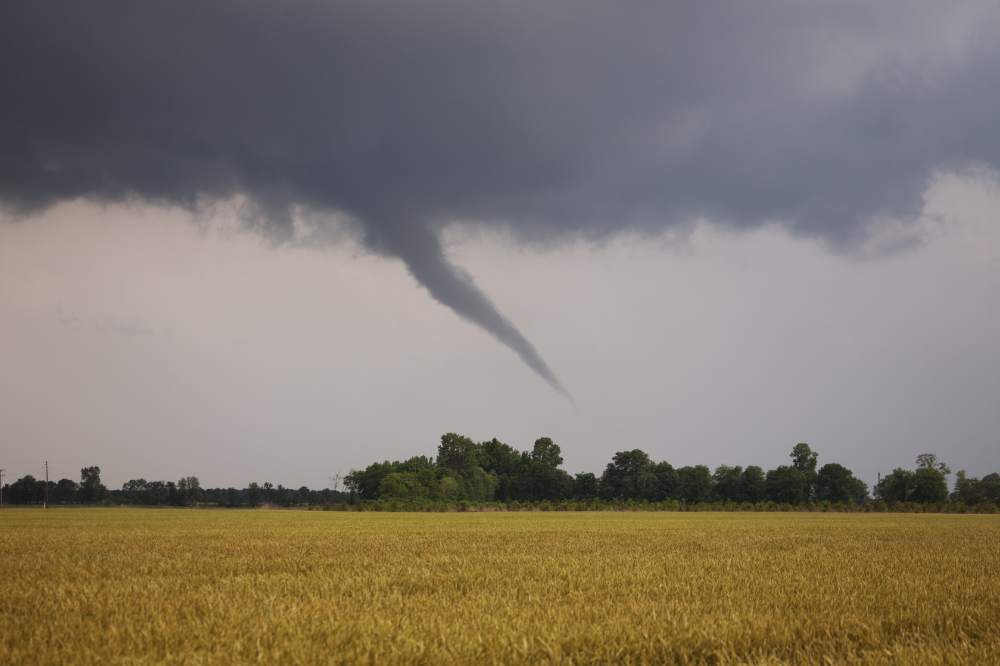
What to Do if Your Home is Damaged by a Tornado
After a tornado, your first priority should be ensuring the safety of everyone in the household. After that, you’ll need to assess the damage and start the recovery process. Here’s a step-by-step guide on how to proceed if your home has been damaged:
Ensure Everyone is Safe
Check on all family members and pets to ensure everyone is safe. If anyone requires medical attention, call 911 immediately.
Leave the Building if Necessary
If your home has suffered severe structural damage, it might not be safe to stay inside. Evacuate to a safe location if necessary.
Contact Your Insurance Company
Report the damage to your insurance company as soon as possible. They can provide guidance on what steps to take next and how to file a claim.
Document the Damage
Take photos or video of the damage, both inside and outside of your home, for your insurance claim. It’s important to document the condition of your home before any repairs or clean up are done.
Avoid Further Damage
If it’s safe to do so, try to prevent further damage to your home. This could include covering broken windows, placing tarps over damaged roofs, or shutting off water and electricity if there’s flooding or structural damage.
Related: What to do when your home is damaged by fire
Hire a Professional Restoration Company
Cleaning up after a tornado can be a big job. Professional restoration companies, like the one you’re considering, are experienced in dealing with this type of damage and can help make the process easier. They can assess the damage, provide necessary services such as water extraction, drying, and mold prevention, and help restore your home to its pre-tornado condition.
Do You Need a Disaster Remediation Expert in Washtenaw County or Jackson County?
If your home has already been damaged, we can help. Check out our services and call Exact Recon for your free disaster remediation quote today. We offer:
- Water damage restoration
- Mold removal and remediation
- Fire and smoke restoration
- Sewer cleanup and disinfecting
- Reconstruction
- Wind and storm damage repair


